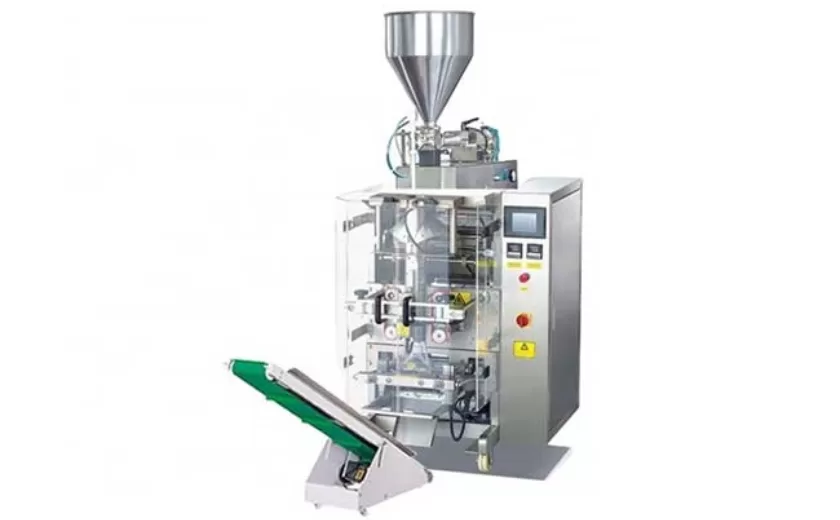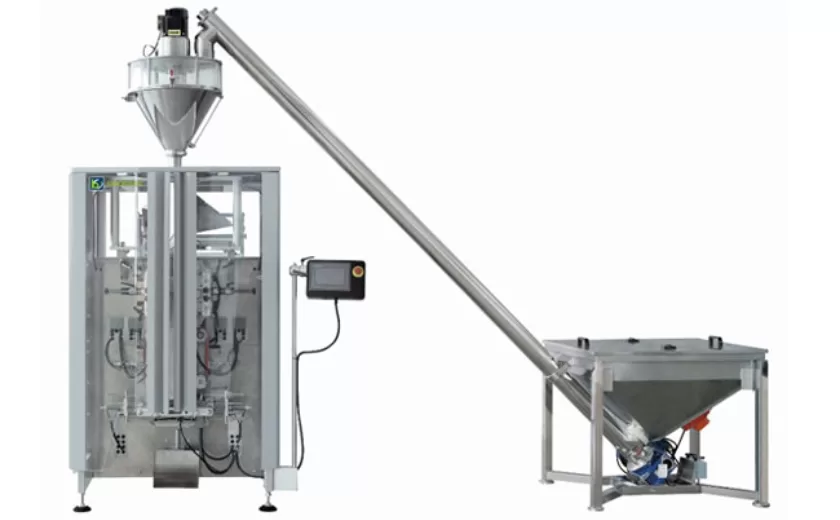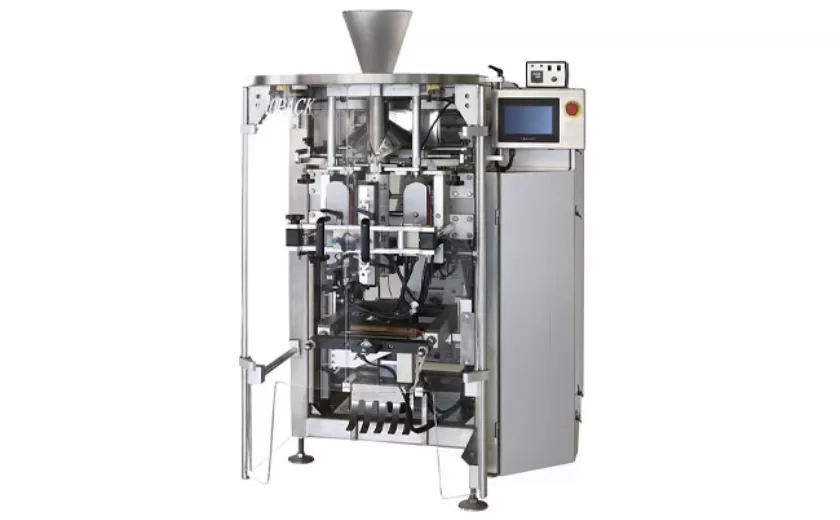Choosing the Best Packaging Materials for Your Milk Pouch Packing Machine
Choosing the Best Packaging Materials for Your Milk Pouch Packing Machine: A Definitive Guide
Introduction
In the competitive dairy industry, selecting the optimal packaging materials for your milk pouch packing machine can have a profound impact on your product’s shelf life, functionality, and overall marketability. This comprehensive guide will provide you with invaluable insights into the critical factors to consider when making this crucial decision.
Key Considerations
1. Barrier Properties:
Milk is a perishable commodity susceptible to contamination and spoilage. Choosing packaging materials with excellent barrier properties against moisture, oxygen, and light is essential to extend the product’s shelf life and preserve its nutritional value.
2. Flexibility and Durability:
Milk pouches are often stored and transported under various conditions. The packaging material should exhibit high flexibility to withstand bending and stretching without compromising its integrity. Additionally, it should be durable enough to protect the milk from punctures and leaks.
3. Printability and Appearance:
The milk pouch is a valuable marketing tool that can convey important product information and enhance brand recognition. Selecting packaging materials that offer excellent printability and allow for vibrant graphics will help you create appealing and informative pouches that stand out on retail shelves.
4. Sustainability:
Consumers increasingly demand environmentally friendly products. Consider using biodegradable or recyclable packaging materials to reduce your carbon footprint and appeal to eco-conscious customers.
Recommended Materials
Based on these key considerations, the following packaging materials are highly recommended for milk pouch packing machines:
Low-density polyethylene (LDPE): A flexible and cost-effective material with good barrier properties and printability.
High-density polyethylene (HDPE): A more rigid material that offers excellent moisture and oxygen barrier protection.
Polyethylene terephthalate (PET): A strong and transparent material with high barrier properties and printability.
Polypropylene (PP): A lightweight and durable material with good resistance to punctures and tears.
Conclusion
Selecting the best packaging materials for your milk pouch packing machine is a strategic choice that can significantly impact your product’s success. By carefully considering the key factors outlined in this guide and choosing the appropriate materials, you can ensure that your milk reaches consumers fresh, protected, and ready for enjoyment.
-

Advanced Packing Solutions: Snacks, Sugar, and Frozen Food Machines
29-10-2025 -

Efficient and Reliable Solutions for Salt, Nuts, and Frozen Dumplings Packing
29-10-2025 -

High-Performance Biscuits, Lollipop, and Ketchup Packing Machines for Modern Food Production
29-10-2025 -

Efficient Liquid Filling and Packing Machines for Modern Production
23-10-2025 -

Reliable Granule Packaging Machines for Efficient Production
23-10-2025 -

Efficient Auger Powder Filling Machines for Accurate Packaging
23-10-2025 -

High-Performance Liquid Filling and Packing Machines for Hygienic Production
10-10-2025 -

High-Efficiency Granule Packaging Machines for Precision and Speed
10-10-2025 -

High-Precision Auger Type Powder Filling Machines for Efficient Packaging
10-10-2025 -

Efficient Vertical Form Fill Seal Packaging Machines for Smart Production
10-10-2025





